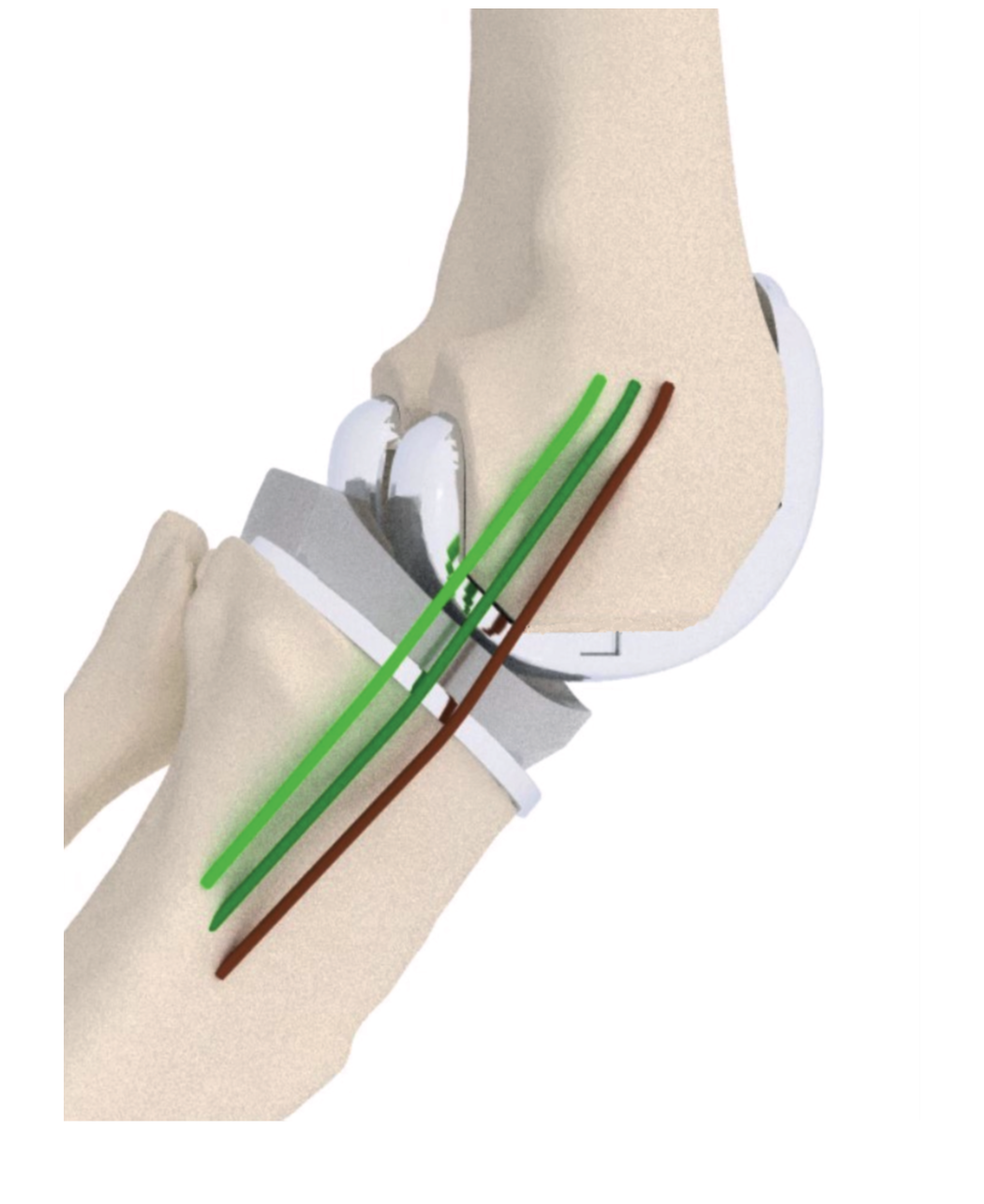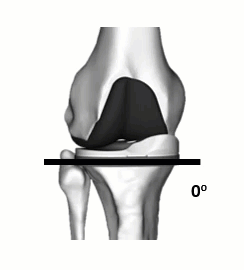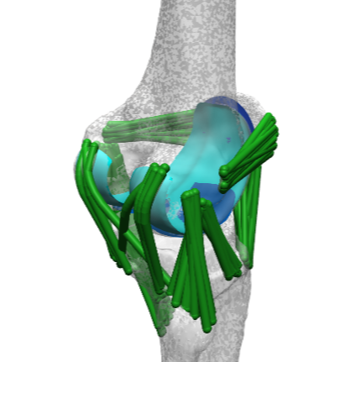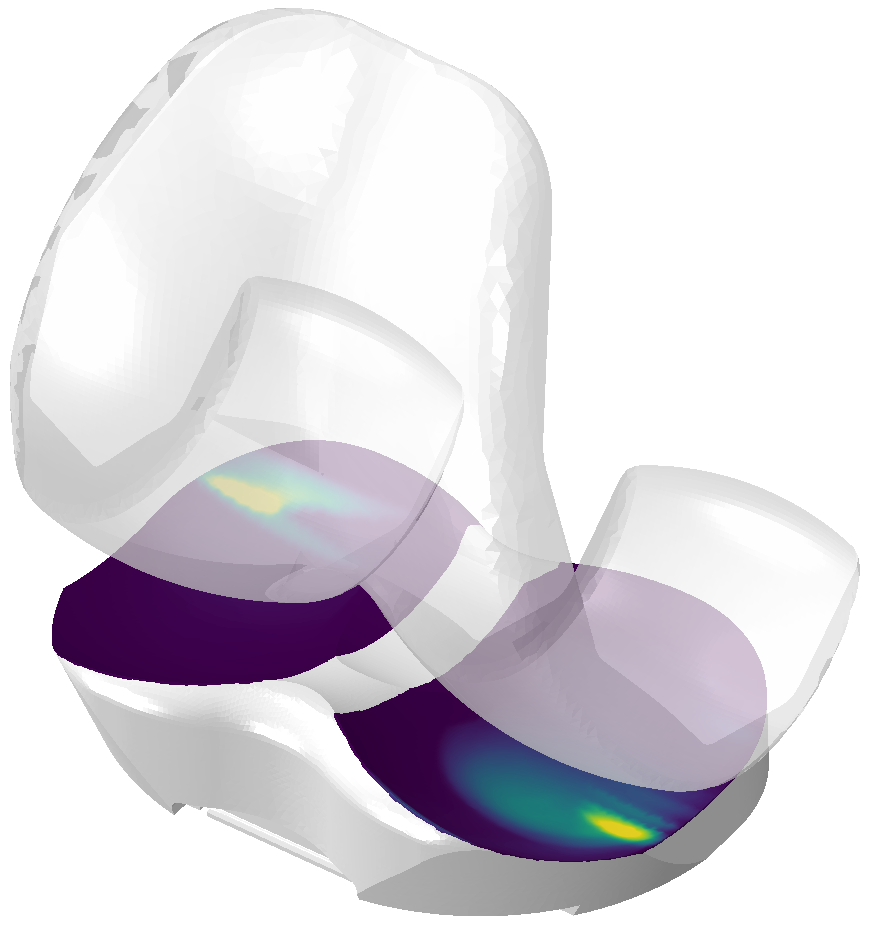Computational Biomechanics
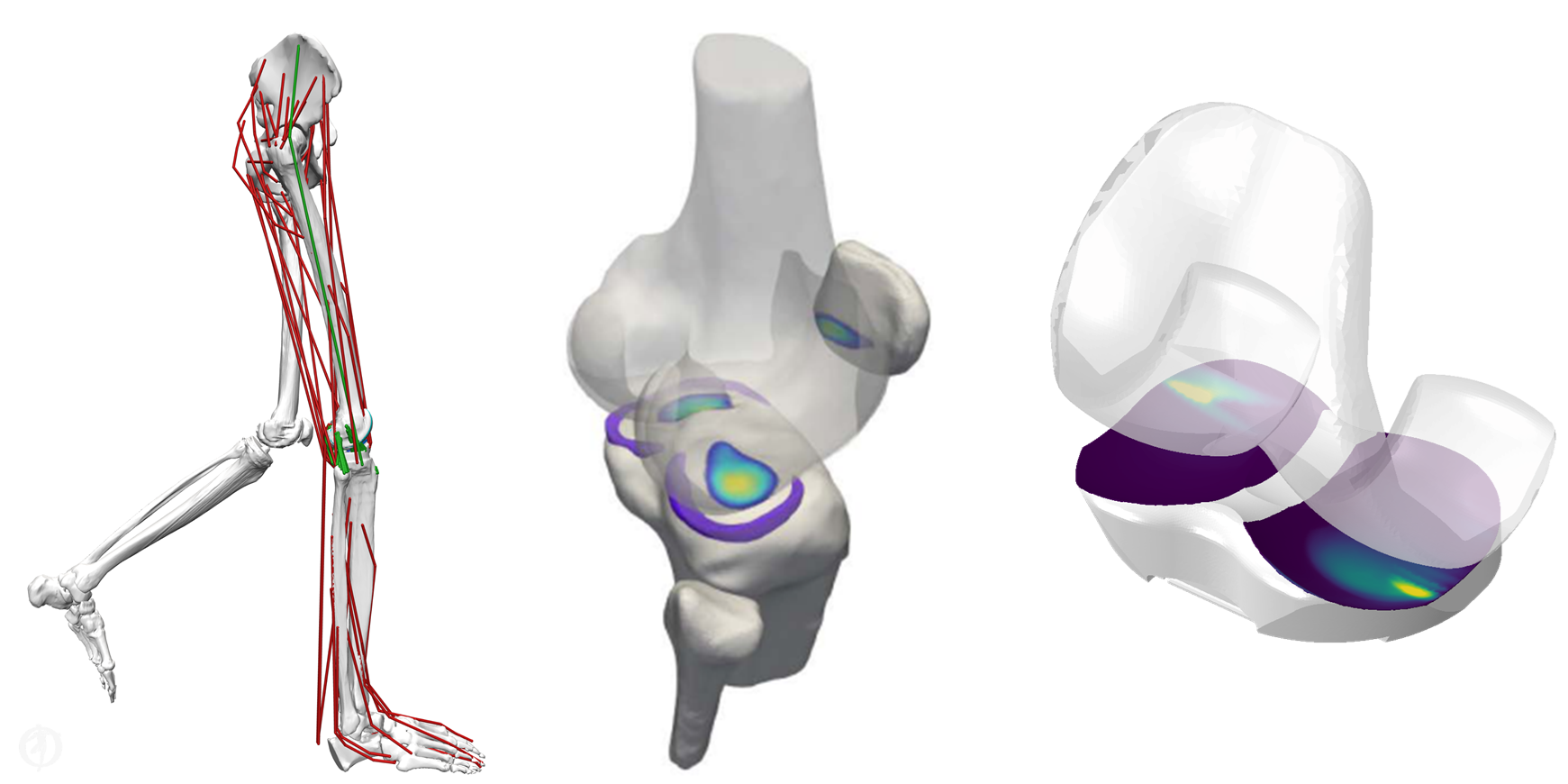
The loading of joints and soft tissues during functional activities has important implications for the progression of degenerative pathologies and success of treatments. However, functional joint mechanics result from complex interactions across multiple scales involving limb dynamics, muscle loading, ligament loading, and articular contact. The Computational Biomechanics group uses musculoskeletal and finite element simulations to better understand the contributions of these factors to knee function in healthy and pathologic subjects. In addition, the developed modelling pipelines enable virtual evaluation of rehabilitation and orthopaedic treatments as well as preclinical evaluation of the loading, performance, and durability of joint implants.
Projects
Fluoroscopic assessment of ligament elongation patterns
In vivo measurement of the human ligament force using implantable sensors is invasive. We use subject-specific multibody modelling and video-fluoroscopy to enable non-invasive assessment of ligament strain patterns during dynamic activities.
Read more
Understanding the influence of implant alignment parameters on the knee function after total knee arthroplasty
Assessment of different soft-tissue balancing and component alignment techniques is crucial for improving surgery outcomes after TKA. We develop a novel in-silico approach to enable estimation of post-TKA loading and kinematics of the knee implants.

